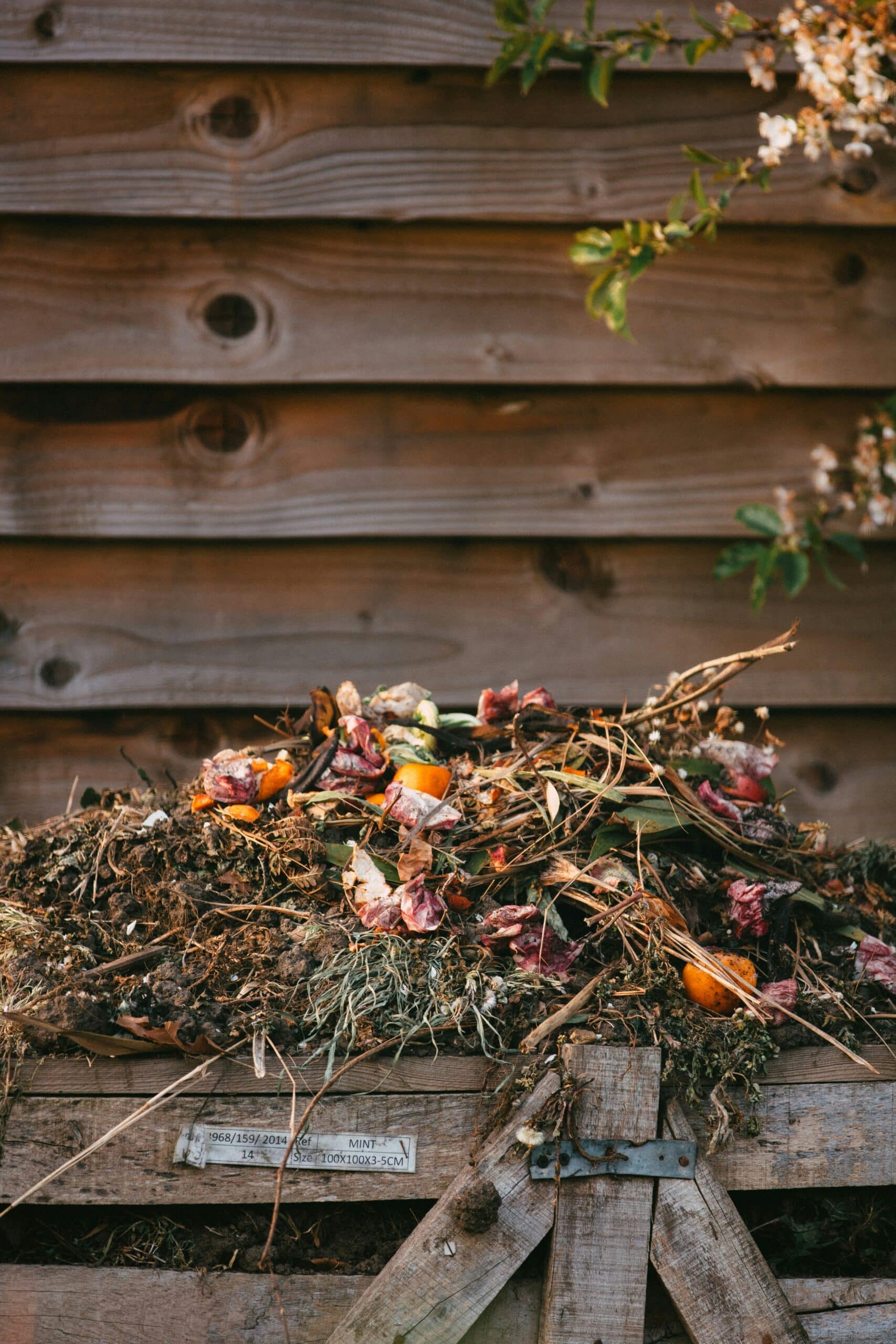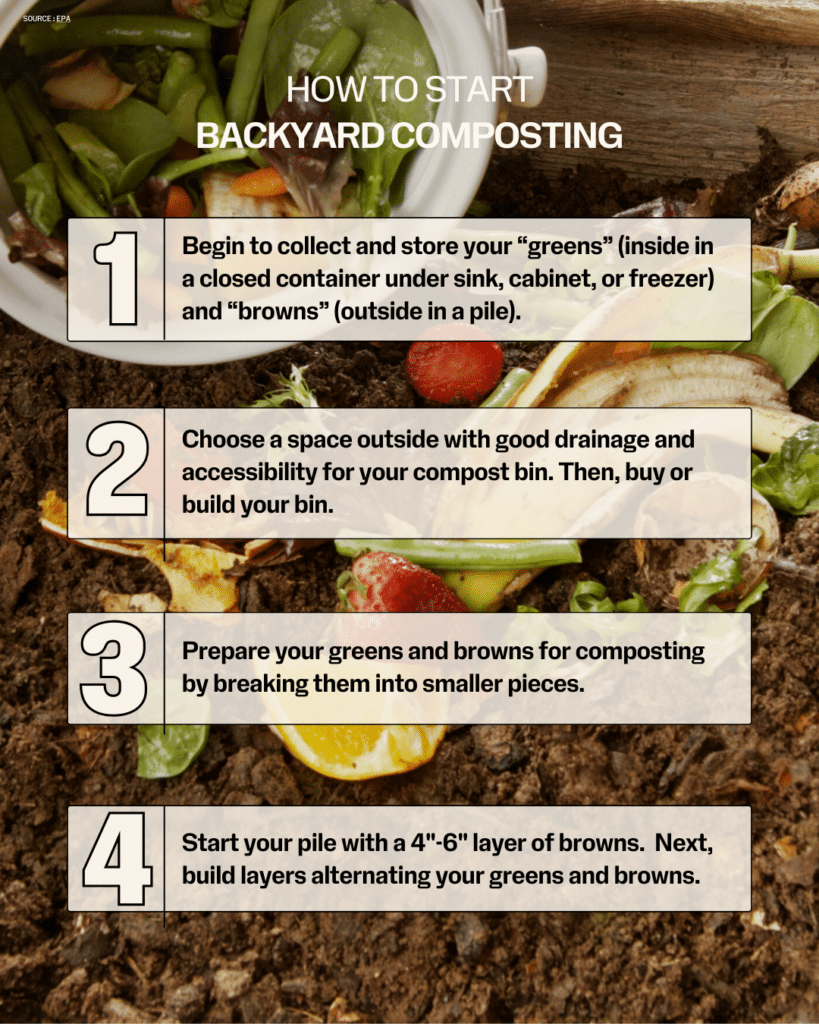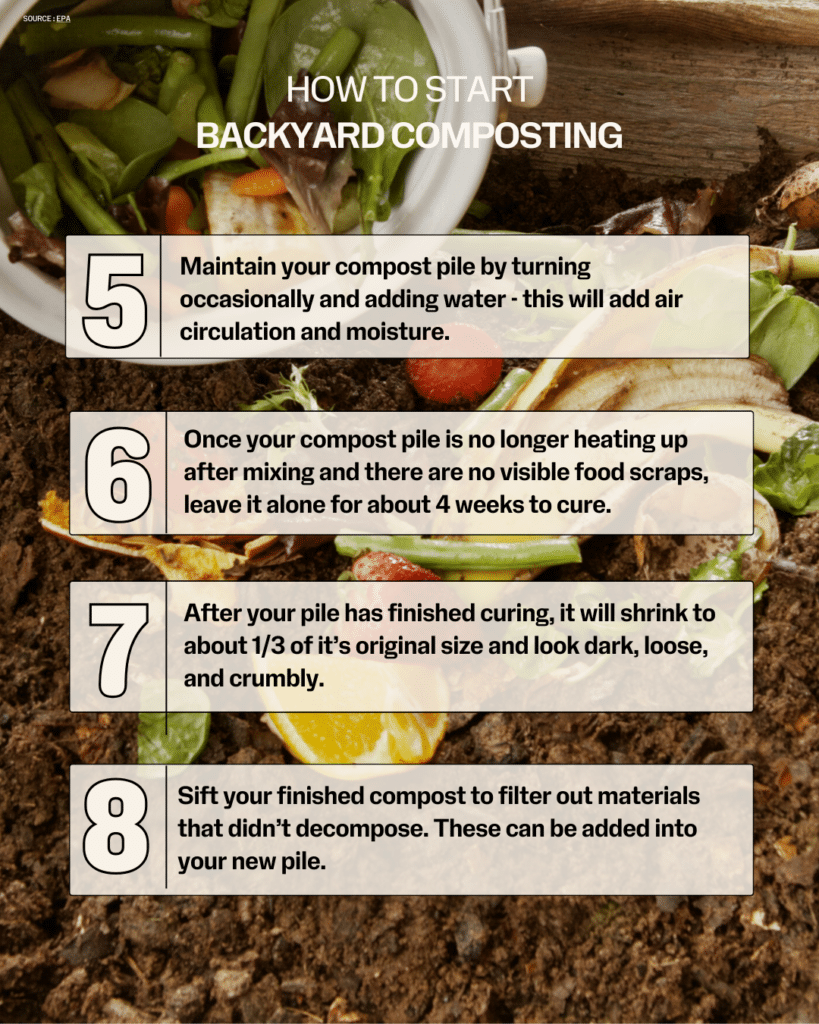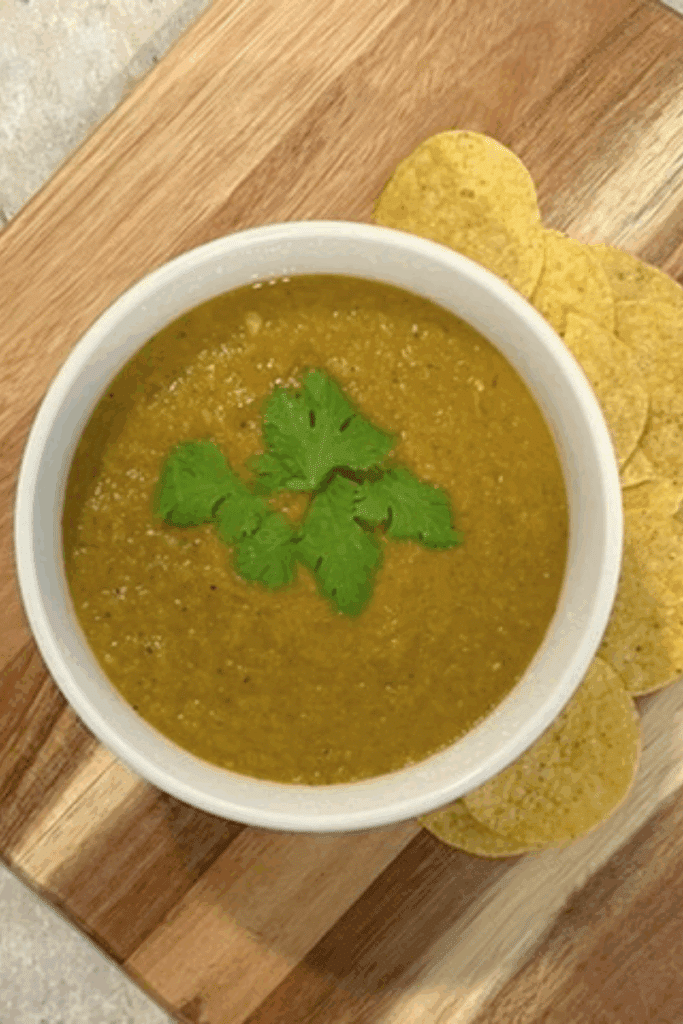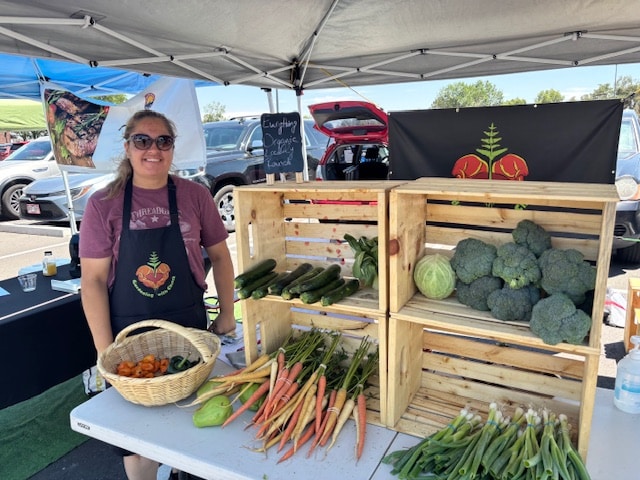Composting is a fairly simple way to combat climate change and create a healthier planet. It has a number of environmental benefits — reducing greenhouse gas emissions from food waste in landfills, storing carbon and preventing its release into the atmosphere, improving soil health, and building climate resilience.
Ingredients for composting include a balanced mixture of carbon-rich materials (called browns) and nitrogen-rich materials (called greens) as well as moisture and air.
You can choose from a variety of ways to practice composting — join a community composting program, organize your own composting program, use worm composting, or compost in your backyard.
Backyard composting is a great way to support the environment from your one home! Follow these simple steps to create your own backyard compost pile:
When composting it’s important to know what to add and what to avoid composting with. These guidelines will help you know what you should and shouldn’t put in your pile!
Add:
When composting in your backyard, you want to make sure you have a balanced combination of nitrogen-rich “green” materials, carbon-rich “brown” materials, water, and air.
- Fruit and vegetable scraps
- Eggshells (crushed)
- Grass clippings
- Coffee grounds and paper filters
- Paper tea bags (no staples)
- Dry leaves
- Plant stalks and twigs
- Shredded paper
- Shredded paper bags
- Shredded cardboard
- Untreated wood chips
Avoid:
Certain materials should be avoided because they will either attract animals or backyard temperatures will not get high enough to fully decompose these items.
- Meat, fish, & bones
- Cheese & dairy products
- Fats, oil, & grease
- Cooked food
- Herbicide-treated plants & grass
- Aggressive weeds
- Diseased plants
- Treated or painted wood
- Pet waste & cat litter
- Dryer lint
- Glossy paper
- Produce stickers
Happy composting!
Sources:
